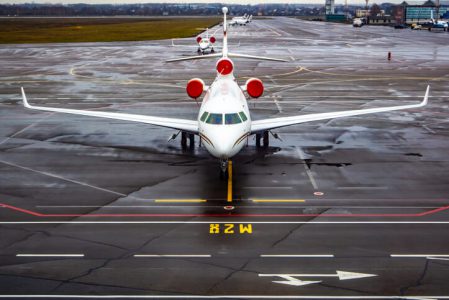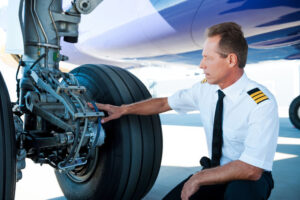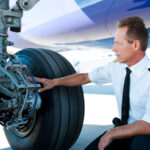Part 135 (or 91) aircraft may need some extra care while we wait for flights to resume
I got a call the other day from our maintenance guy, telling me to “Go exercise the ol’ girl.” I was a little insulted since I have been faithfully going for 30 minute walks every day, but then I realized he was probably talking about our airplane. It HAD been a while and even though our Part 91 regs were less stringent than our Part 135 regs, it still seemed like a good idea to shake off the cobwebs and seek out the wild blue.
In the spirit of shaking off the cobwebs, Honeywell has recently put together a list of tasks businesses and personal operators can do to keep their aircraft fit and ready for action. Some of them are “must-do” actions that will keep the aircraft ready for a quick return to service. Others are meant to use this downtime to increase future productivity and on-time performance.
Depending on the financial security of your business or personal situation, you may only be able to do the bare minimums during the pandemic and time of economic uncertainty, but there are certainly inexpensive things that everyone can do while we wait.
At the very minimum, operators need to run their engines at least once every 30 days, for at least 15 minutes. If you don’t, oil will drain off the parts, exposing them to corrosion. There is also the possibility that fungus and other microbes will begin to grow in the fuel lines. Warranties, maintenance service plans, and insurance coverage may be voided or violated if the aircraft is allowed to sit for too long.
When you run your engines, document every minute in your airframe, engine, and pilot logbooks, even if you are just doing a ground run. Record any preservation or storage actions as well. Protect your resale value – potential buyers will want to know that you cared for your engines during this lockdown.
Now is also a great time to send your aircraft in for the upgrades that you didn’t have time for before. Honeywell is offering incentives for upgrades, including ADS-B, synthetic vision, smart safety landing systems, and cabin management systems. Most shops are still open, so now is the time to get the aircraft of your dreams and improve your resale value.
What about a deep cleaning of your aircraft? Most owners desperately want this, but don’t want to take the time during their busy schedules. Giving the entire aircraft a thorough cleaning will make it look like new when you return to flying. Also consider a thorough disinfection – getting rid of all the bugs that are lurking unseen in your plane will do more than make it look nice, it will keep you healthy too.
There may even be an opportunity to volunteer your aircraft to a good cause. Groups like AERObridge are looking for aircraft to deliver medical supplies. Other groups need help to move rescued pets or help with conservation projects. The Volunteer Pilots Network website has a list of groups that you can contact to see if they need help with anything in your area.
Finally, if your aircraft must be left on the ramp because of a lack of hangar space, make sure you are using all the covers you can to protect it from the elements. And don’t forget the gust locks! Even if you are lucky enough to be able to store your plane inside, you should still consider multiple covers as protection from the birds and other critters that take up residence within the hangar.
Taking care of your aircraft while it’s on the ground will ensure that it takes care of you while in the air. Whether you are a Part 135 or 91 operator, the results are the same. So go ahead and exercise the ol’ girl…she won’t be insulted.
RELATED READING
RELATED CTS TRAINING










